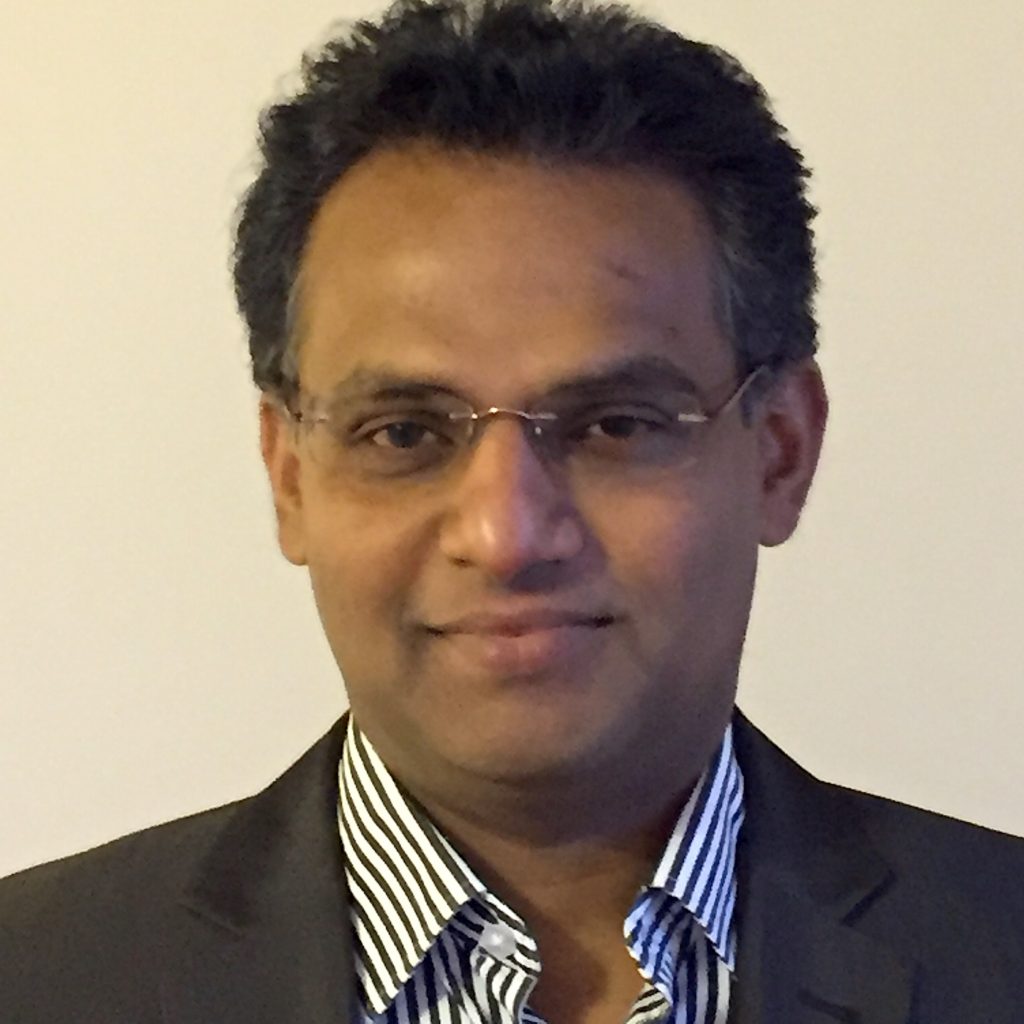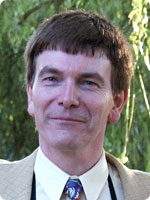Keynote Speakers
We are very pleased to announce the Keynote speakers for the 2019 edition of WASPAA:
Poppy Crum: “Empathetic technology and embodied user experience“
The goal in technology innovation shouldn’t be to build algorithms that mimic neural function. Rather, it should be to understand neural function. The brain is, in many ways, a Rube Goldberg machine. We have a limited set of evolutionary building blocks that we are able to use to get to a very complex end state. We need to be able to extract when that matters and integrate relevant neural processing strategies when it is applicable. We also want to be able to identify opportunities to be more efficient and more effective than our brain might be constrained to be, but we need to know all the rules before we can break them.
Poppy Crum is the Chief Scientist at Dolby Laboratories and an Adjunct Professor at Stanford University. At Dolby, she is responsible for integrating neuroscience and sensory data science into algorithm design, technological development, and technology strategy. At Stanford, her work focuses on the impact and feedback potential of immersive environments, such as augmented and virtual reality, on neuroplasticity and learning. She is on a mission to build technologies that best leverage human physiology to enhance our experiences and how we interact with the world.

_____________________________________________
Thushara Abhayapala: “Spatial Acoustics in the Fourth Industrial Revolution”
Spatial acoustics is becoming an integral part of human-device interactions, digital entertainment, gaming, virtual (VR) and augmented (AR) reality, future hearing aids and active noise control (ANC) over space, and also gaining applicability in broader application areas such as defence, smart living places (homes, cities, autonomous cars), and drones. In this talk, I will argue that the above applications are building blocks of what commonly referred as the Fourth Industry Revolution. Then, I will describe how we and others use the solutions to the wave equation as a set of continuous basis functions (harmonics) over space to gain insights of problems associated with spatial acoustics. I will further discuss recent advances in harmonic based tools we have developed to tackle problems arising in above applications. Particularly, I will highlight some of these tools including correlation between spherical harmonic coefficients, a method to separate interior and exterior sound fields, acoustic intensity in terms of harmonic coefficients, generalised acoustic reciprocity, exploitation of even and odd harmonics, and their applications in sound field recording and reproduction, spatial ANC, multiple source localization and room acoustics.
Thushara Abhayapala is a Professor of Signal Processing at the Australian National University (ANU), Canberra. He received his B.E. degree in engineering in 1994 and his Ph.D. degree in telecommunications engineering in 1999, both from the ANU. He held a number of leadership positions including Deputy Dean of the College of Engineering and Computer Science (2015-19), Head of the Research School of Engineering at ANU (2010-14) and the leader of the Wireless Signal Processing Program at the National ICT Australia (NICTA) from 2005-07. His research interests are in the areas of spatial audio and acoustic signal processing, and multichannel signal processing. Among many contributions, he is one of the first researchers to use spherical harmonic based eigen-decomposition in microphone arrays and to propose the concept of spherical microphone arrays; novel contributions on the multi-zone sound field reproduction problem; was one of the first to show the fundamental limits of spatial sound field reproduction using arrays of loudspeakers and spherical harmonics. He worked in industry for two years, before his doctoral study and has active collaboration with Facebook, Dolby and Sony. He has supervised 36 PhD students and co-authored more than 280 peer-reviewed papers. He was an associate editor of IEEE/ACM Transactions on Audio, Speech, and Language Processing and was a member of the Audio and Acoustic Signal Processing Technical Committee (2011–2016) of the IEEE Signal Processing Society. He is a fellow of Engineers Australia (IEAust).

_______________________________________________________
Jerome Bellegarda: “Input Intelligence on Mobile Devices”
The recent confluence of sophisticated algorithms and tools, computational infrastructure, and data science has fueled a machine learning revolution across multiple fields, including speech and handwriting recognition, natural language processing, computer vision, social network filtering, and machine translation. Ensuing advances are changing the way we interact with technology in our daily lives. This is particularly salient when it comes to user input on mobile devices, be it speech, handwriting, keyboard, or camera input. Increased input intelligence boosts device responsiveness across languages, improving not only basic abilities like tokenization, named entity recognition and part-of-speech tagging, but also more advanced capabilities like statistical language modeling and question answering. In this talk, I will give an overview of what we are doing at Apple to impart input intelligence to mobile devices, with two overarching themes as sub-text: (i) enhancing interaction experience through machine learning, and (ii) transforming users’ digital lives without sacrificing their privacy (especially in light of the recent trend toward more stringent data protection regulations).
Dr. Jerome R. Bellegarda is Apple Distinguished Scientist in Human Language Technologies at Apple Inc., Cupertino, California, which he joined in 1994. Prior to that, he was a Research Staff Member at the IBM T.J. Watson Center, Yorktown Heights, New York. He received the Ph.D. degree in Electrical Engineering from the University of Rochester, Rochester, New York, in 1987. Among his diverse contributions to speech and language advances over the years, he pioneered the use of tied mixtures in acoustic modeling and latent semantics in language modeling. In addition, he was instrumental to the due diligence process leading to Apple’s acquisition of Siri personal assistant technology and its integration into iOS. His general interests span machine learning applications, statistical modeling algorithms, natural language processing, man-machine communication, multiple input/output modalities, and multimedia knowledge management. In these areas he has written close to 200 publications, and holds approximately 100 U.S. and foreign patents. He has served on many international scientific committees, review panels, and advisory boards. In particular, he has worked as Expert Advisor on speech and language technologies for both the U.S. National Science Foundation and the European Commission, served on the IEEE Signal Processing Society Speech Technical Committee, was Associate Editor for the IEEE Transactions on Audio, Speech and Language Processing, and is currently an Editorial Board member for Speech Communication. He is a Fellow of both IEEE and ISCA (International Speech Communication Association).
